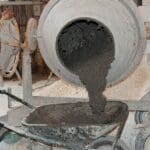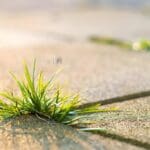You’re probably unaware that Japanese knotweed, a seemingly innocent plant, can cause many problems. This plant, native to East Asia, has become one of the most invasive species in the world, causing significant damage to properties and local ecosystems.
But what specifically makes it such a threat? And more importantly, what can you do about it? Stay with us as we explore this botanical menace’s hidden dangers and potential solutions.
Understanding Japanese Knotweed
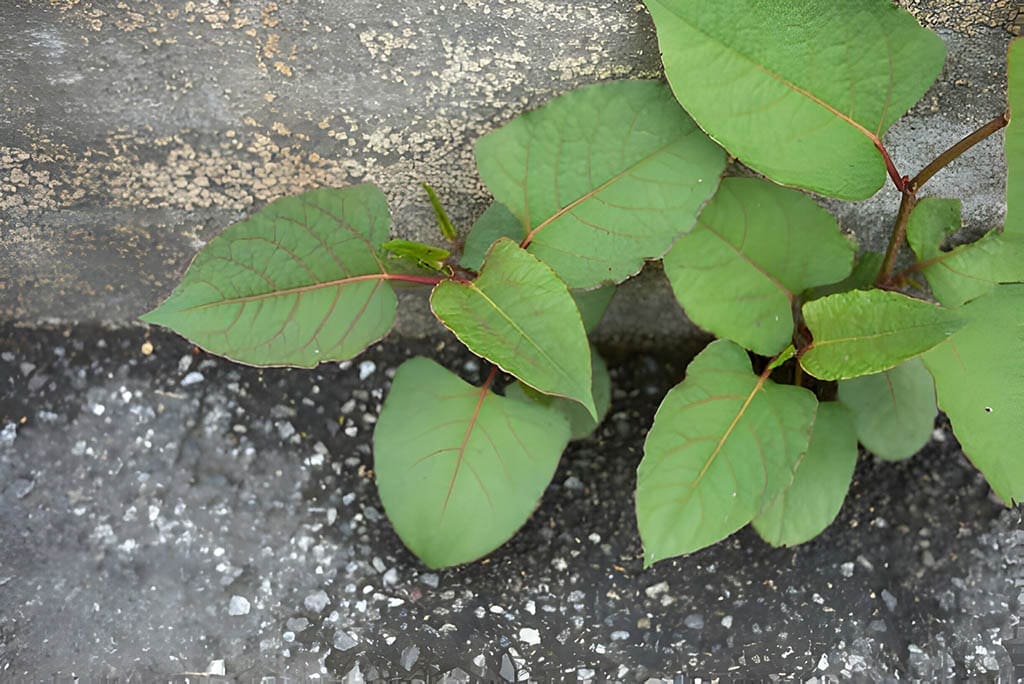
Let’s dive into understanding Japanese Knotweed, a plant that might seem harmless but can cause significant damage if not controlled. Known scientifically as Fallopia japonica, this plant is native to East Asia but has become a global concern.
You’ll recognize it by its bamboo-like stems, heart-shaped leaves, and small white flowers. It’s a fast-growing perennial that can reach over 10 feet in height. Not only is it resilient, but it’s also adaptable. It can thrive in various environments, from city landscapes to rural areas.
Beware, though! While it might look harmless, this plant has a dark side. Its robust root system can cause extensive damage to structures and landscapes. Remember, knowledge is power, and understanding this plant is the first step in combating its threats.
The Invasiveness of Japanese Knotweed
Now that you’re familiar with Japanese Knotweed, it’s crucial to grasp just how invasive this plant can be. Its rapid growth and strong, resilient root system allow it to spread quickly and take over vast areas.
Moreover, it’s not picky about where it grows. It’ll thrive whether it’s a crack in concrete, along riverbanks, or in your garden. You might think it’s easy to eliminate, but you’d be wrong. Even a small fragment of its root can regenerate into a new plant. It’s not a plant that’s easily controlled.
Once it’s established, it’s very hard to eradicate. Its persistence and invasiveness are what make Japanese Knotweed a real problem.
Dangers to Ecosystems and Properties
Japanese Knotweed’s invasiveness seriously threatens both local ecosystems and residential properties. Imagine a plant so resilient it can push through concrete, damaging the foundations of your home. That’s the reality with this species.
It outcompetes native vegetation, leading to a decrease in biodiversity. This disruption affects plant life and the entire food chain, impacting insects, birds, and mammals.
The financial implications can’t be ignored either. Property values can plummet if knotweed is found, and you might struggle to sell or get a mortgage. Plus, the cost of repairs and eradication is steep.
It’s clear: Japanese Knotweed isn’t just a garden nuisance, it’s a significant environmental and economic problem.
How To Remove Japanese Knotweed – Effective Eradication Methods
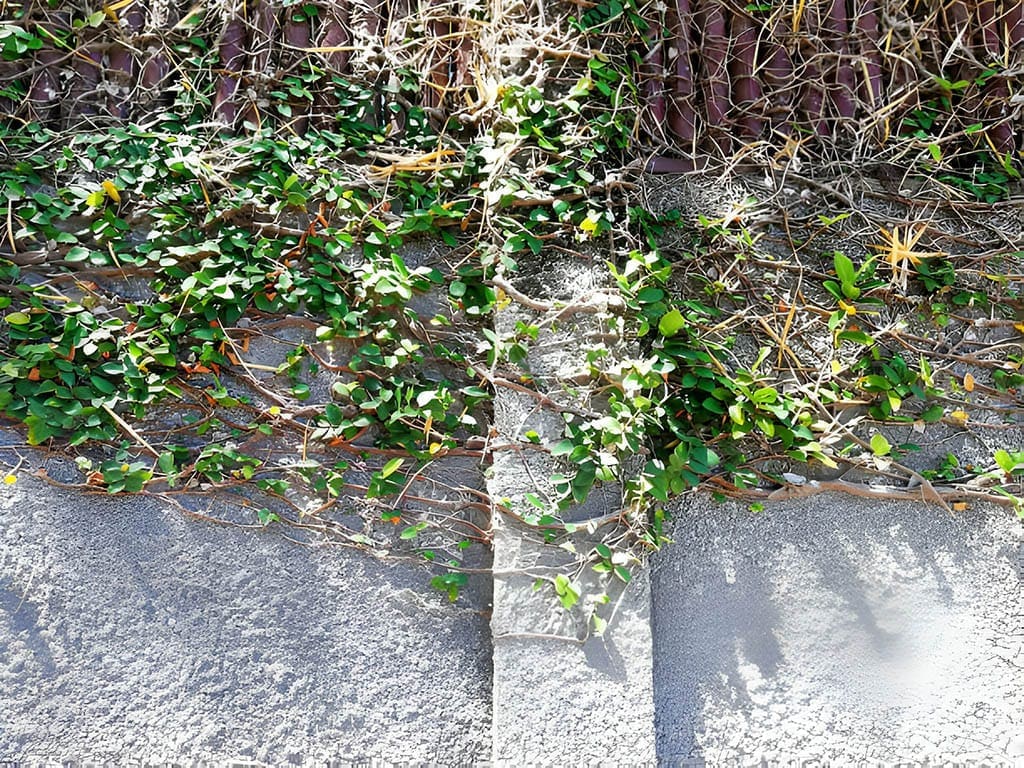
While the problems associated with Japanese Knotweed are significant, there are effective methods you can employ to eradicate this invasive plant from your property.
First, you can physically remove it. This is hard work; you’ll need to dig deep to get all the roots.
Alternatively, you can use a glyphosate-based herbicide, but you’d need to apply it repeatedly over several years.
Hiring a professional pest control service might be your best bet if you’re not up for the task. They’ll have the expertise and tools to ensure the plant is completely gone.
Preventing Future Infestations
To prevent future infestations of Japanese Knotweed, it’s crucial to understand and implement certain precautionary measures.
First, don’t allow any plant fragments to remain in your garden, as they can regrow. Disposing of them properly is essential; your local council can guide you.
Regularly inspect your property, especially after removal, for any new growth. If you’re bringing in topsoil, ensure it’s from a reputable source, as knotweed can spread through contaminated soil.
If you’re near an infested area, consider installing root barriers deep into the ground to prevent the spread of this invasive species.
Frequently Asked Questions
What Is the History of Japanese Knotweed Introduction to Non-Native Regions?
Japanese Knotweed was introduced to non-native regions in the 19th century for ornamental reasons. However, it is now considered an invasive species.
Invasive species threaten local ecosystems by outcompeting native plants and disrupting the balance of the environment.
Are There Any Beneficial Uses of Japanese Knotweed?
Yes, there are. You can use Japanese Knotweed in herbal medicine for its resveratrol content.
It’s also edible, tasting similar to rhubarb.
However, you mustn’t encourage its growth due to its invasiveness.
How Does the Growth Rate of Japanese Knotweed Compare to Other Invasive Species?
You’re asking about the growth rate of Japanese knotweed compared to other invasive species.
It’s faster, growing up to 10cm a day in summer!
That outpaces most other invasive species, making it a serious concern.
Are There Any Particular Climates or Types of Soil That Japanese Knotweed Prefers?
Yes, Japanese knotweed prefers moist, well-drained soil and can thrive in various climates.
It’s adaptable but particularly fond of sunny, humid areas.
You’ll often find it near water sources, like rivers and streams.
Do Any Other Countries Have Regulations or Laws Concerning Japanese Knotweed?
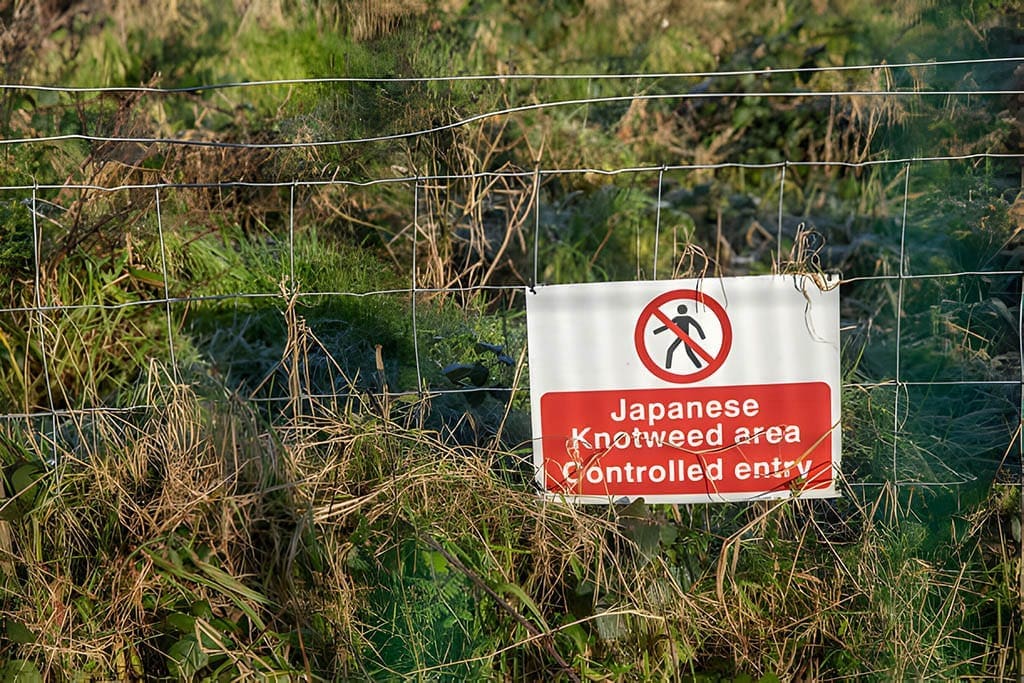
Yes, other countries do have laws regarding Japanese Knotweed.
For example, in the UK, it’s illegal to plant or cause it to grow in the wild.
It’s considered a serious problem due to its fast growth.
Final Words
So, you’ve got the scoop on Japanese knotweed. It’s invasive and harmful to ecosystems and properties, but don’t panic. There are effective eradication methods at your disposal.
Prevention is key, too. Stay vigilant, take prompt action if you spot it, and you’ll help keep this plant menace at bay.
Remember, it’s not just your yard you’re protecting, but your local ecosystem. Let’s keep our earth healthy and free from invasive species like Japanese knotweed.
